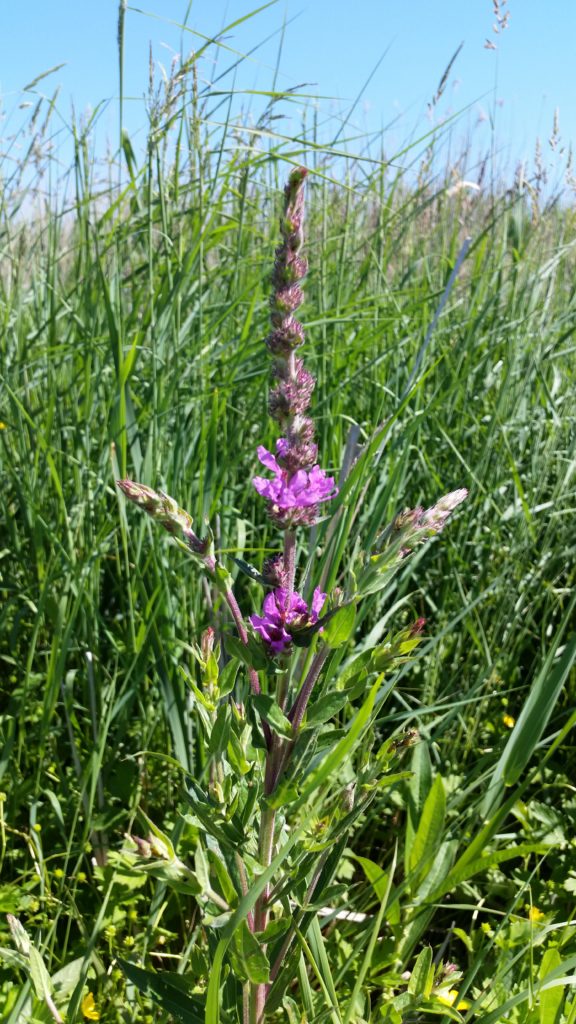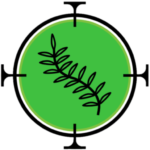Purple Loosestrife (Lythrum salicaria)

Purple Loosestrife is an invasive perennial plant, native to Europe and Asia that can tolerate a range of soil regimes and water levels. It was brought to North America in the early 1800’s as a garden plant. Since its introduction to North America, Purple Loosestrife has established itself all over North America. However, the population was particularly dense in southern Ontario. The plant was able to spread across North America so quickly because it was unintentionally spread by vehicular travel along highways. However, the plant quickly would invade and take over wetlands, shorelines and roadside ditches due to its ability to produce as many as two million seeds in a growing season and its ability to reproduce from plant fragments.
Purple Loosestrife out-competes native plants for habitat and can create monocultures. This results in changes to ecosystem function by decreasing plant biodiversity and reducing habitat for birds, fish and wildlife. Fortunately, a biological control program using Neogalerucella spp. was developed in 1992 to control Purple Loosestrife. This saw a dramatic reduction in Purple Loosestrife populations. However, Purple Loosestrife has been recently observed to have resurgence in Ontario.
This plant is capable of rapid adaptation; it can quickly expand its range and spread into new environments. Small populations should be pre-emptively controlled when observed.

